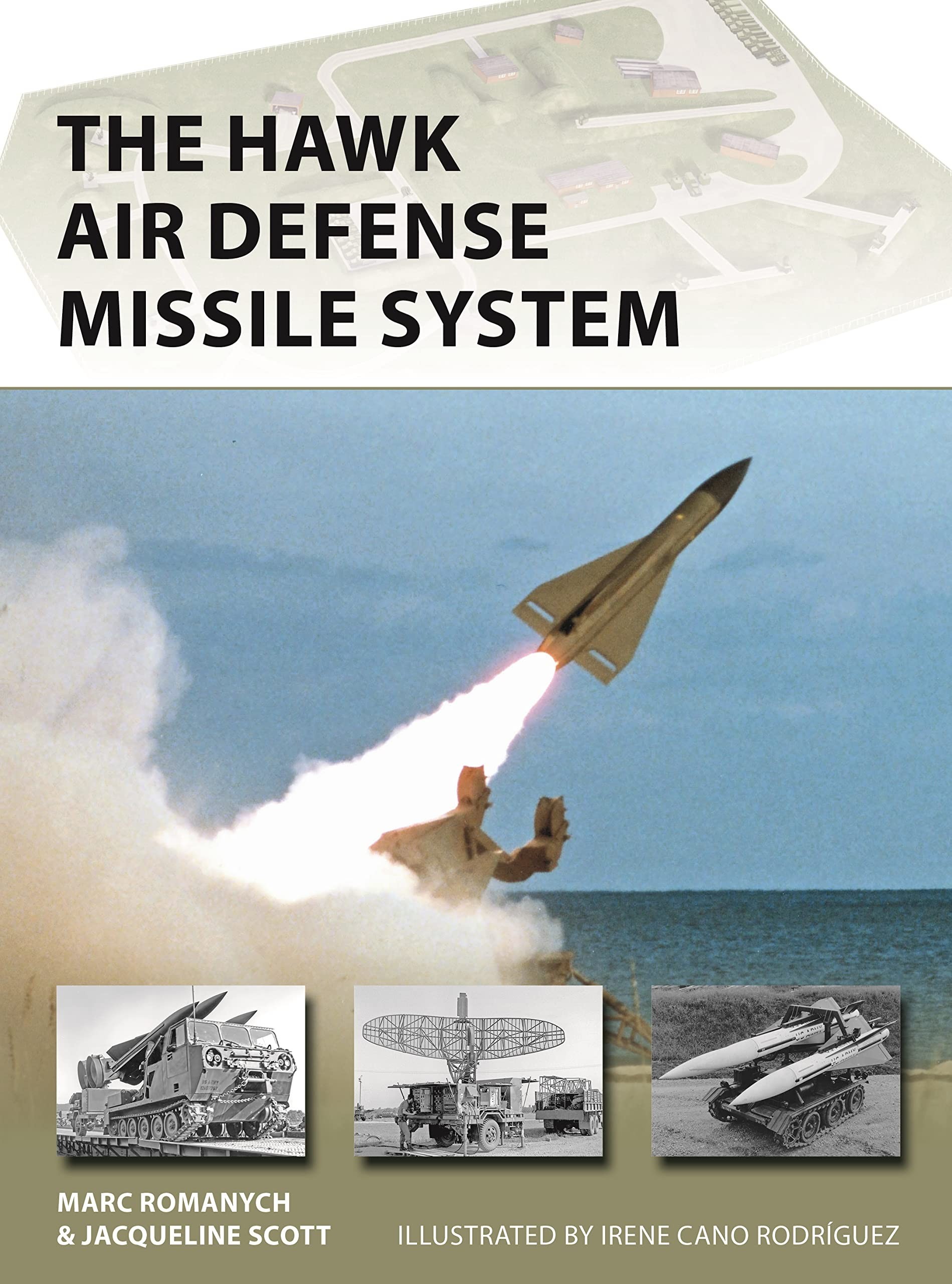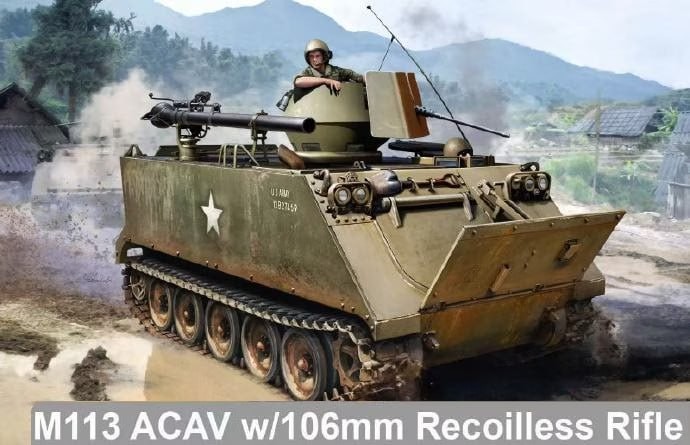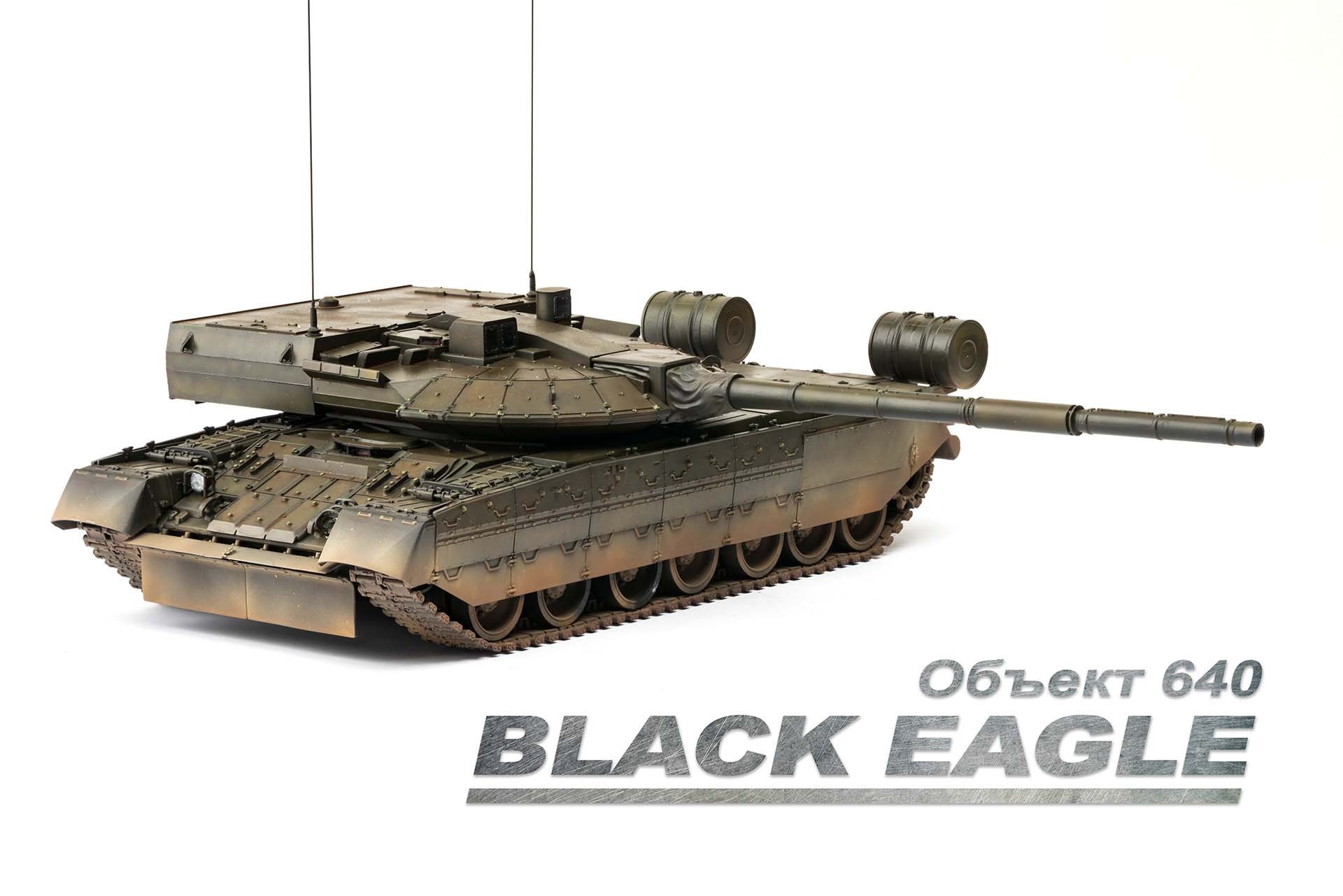
The HAWK Air Defense Missile System
his is the first history of the legendary US Army's HAWK missile system, the world's first mobile air-defense missile system, which saw service and combat around the world.
Designed to counteract the threat posed by advanced 1950s Soviet-built aircraft, the first HAWK unit became operational in 1959. At its peak, it saw frontline service in the Far East, Panama, Europe, and in the Middle East. Units were also used during the Cuban Missile Crisis, Vietnam War, and Persian Gulf War. In the hands of other nations, HAWK proved its efficacy in combat during the Arab-Israeli Wars, Iran-Iraq War, Chadian-Libyan War, and the Iraqi invasion of Kuwait.
Credited with shooting down more than 100 aircraft during its combat career, the HAWK system was respected for its lethality. Such was Soviet concern, that it developed electronic jammers, anti-radiation missiles, and other countermeasures specifically to degrade its effectiveness. The US retired its HAWK systems soon after the Cold War ended in 1991 when air defense priorities shifted from aircraft to ballistic missile defense, yet, a modernized version of the system remains in service to this day in many nations.
Packed with archive photos and original artwork, this is the first book about the HAWK system. Featuring research from HAWK technical and field manuals, interviews with HAWK veterans, and detailing the authors' personal experiences with HAWK missile units, it provides a comprehensive study of one of the most lethal and effective air missile systems of all time.

The Red Army 1922–41
This study explores the organization, history and uniforms of the Soviet Red Army during the 20 years between its victory in the Civil War and the invasion of the USSR by Germany in 1941.
The two decades following the Bolshevik victory over the 'Whites' in the Russian Civil War saw widespread and fundamental developments for the Red Army. Nevertheless, these still left it largely unready to face the German's Operation Barbarossa in June 1941. Having been reduced in size and planning for modernization, the Red Army of the 1920s was employed to ruthlessly crush anti-Bolshevik opposition (real or suspected) in several regions of the USSR, notably Ukraine and Central Asia, and to fight a brief border war against Chinese Manchuria.
During the 1930s, Stalin virtually 'beheaded' the army by a needless series of murderous purges of the officer class; despite this, the Red Army was victorious in clashes against Imperial Japan in the Nomonhan region in 1938-39, where General Zhukov earned his spurs. Simultaneously, the Soviet Union sent instructors and pilots to fight for the Republicans in the Spanish Civil War (1936-39).
The non-aggression pact with Nazi Germany allowed Stalin to take over half of Poland in September 1939; but a few months later his 'Winter War' against Finland demonstrated serious inadequacies in the Red Army's readiness for modern warfare, which would be shockingly confirmed in the first days of Operation Barbarossa. This study explores the interwar history of the Red Army, detailing its campaigns, organization and uniforms, and focusing on the 20 years between its victory in the Civil War and the invasion of the USSR by Germany in 1941.

























